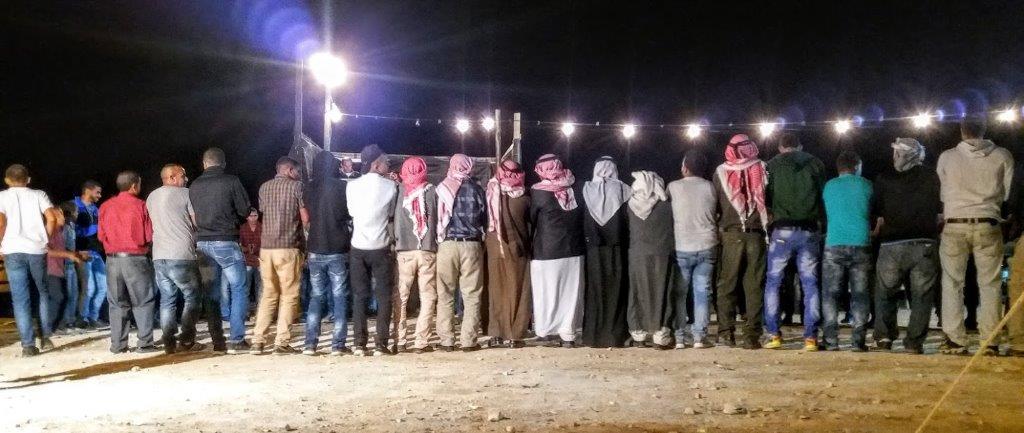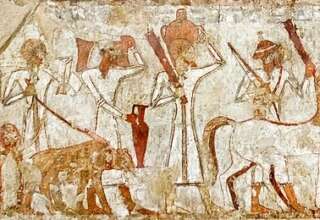
Intercultural conflict
People from different cultures have met through the ages on an individual level, within societies and between nations. Since people take their own culture for granted and do not easily give up their own cultural identity, these encounters tend to create certain dynamics. Several researchers have depicted the encounter with another culture as a process in stages (Bennett, 1986; Bennett, 1993; Deane, 1991; Pedersen, 1995), whereas later research has described it as more complex (cf. Ward et al., 2001). The willingness to accommodate to other cultures – whether in one’s own society or abroad – was discussed in terms of divergent approximation strategies. The literature relates to four different strategies. Assimilation refers to the adoption of the other culture, while relinquishing the culture of origin. Integration refers to adoption of aspects of the other culture while keeping aspects of one’s culture of origin. Separation (or segregation) refers to the rejection of the other culture, while remaining with one’s original culture. Marginalization refers to the rejection of both cultures. Most research refers to the strategy of integration as generally most adaptive from a psychological perspective. However, each of these coping strategies has its advantages and may be appropriate in certain situations, depending on characteristics of both the original and the hosting culture and their interaction (Hofstede, 2001; Ward et al., 2001). For example, in wealthy European countries that are relatively gender equal integration was favored, whereas in poor European countries with higher emphasis on masculinity assimilation was preferred (Hofstede, 2001).
It is in human nature to differentiate between “us” and “them”, while “defining “us” as a source of closeness and sharing, and “them” as different, negative, and a potential enemy (Berman et al., 2000; Volkan, 2009). People in particular tend to stereotype other cultural groups, viewing their own ethnic group as superior to others, a phenomenon known as “ethnocentrism” (Cottam et al., 2004; Hofstede, 2001; Rogoff, 2003; Samovar et al., 2009). Many research studies found that people react to other cultural groups more negatively and more intensely than to their own culture. Our images of other groups have been described pertaining to one of seven types: the ally, the diabolical enemy, the barbarian, the colonial, the imperial, the rogue and the degenerate (Cottam et al., 2004). It was suggested that we “are all inadvertently socialized to be racist, to take for granted the discriminatory practices of our society. The individual, however, is not destined to be a prisoner of the language and concepts within which he or she is trained to think and to experience” (Altman, 2000, p. 591). Conflicts between social groups tend to magnify the individual’s awareness of the distinctive values of these groups. Consequently, in the case of a conflict between one’s in-group and some out-group, like in the Israeli-Palestinian conflict, attachment with the in-group and hostility to the other group can be expected to increase (Sagie et al., 2005).







